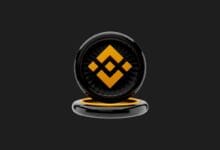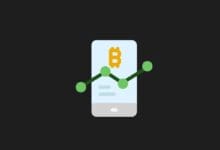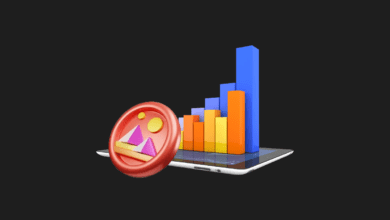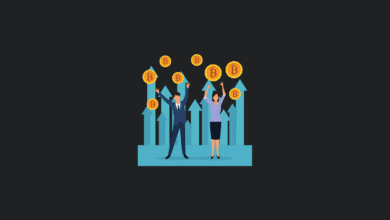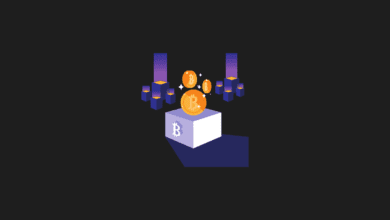
Understanding Rug Pull Scams: Safeguard Your Crypto Investments
As crypto assets have gained popularity, rug pull scams have become increasingly prevalent. Understanding how these scammers operate is crucial to protect oneself from potential financial losses.
Conversations like “We’re all getting rich, one becomes a hundred, and we’re even going to the moon” are commonplace in the crypto asset market, but they can be just as perilous. Whether through social media, recommendations from acquaintances, or personal research, you may come across a crypto asset with significant growth potential. However, there’s always the risk that it might turn out to be a scam.
These scams, often referred to as rug pulls or exit scams, are particularly prevalent during bull markets. Rug pull scams occur when the developers, team, or managers associated with a crypto asset that holds high promises or appears to be on the verge of significant success suddenly abscond with all the investors’ funds. In such instances, investors in the project stand to lose their entire investment in an instant.
To safeguard against falling victim to rug pull scams, it is crucial for investors to exercise due diligence and skepticism. Conduct thorough research on the project, its team members, and its underlying technology. Be wary of overly optimistic promises and ensure that the project has a transparent and credible track record. Additionally, diversifying investments and being cautious during bull markets, when such scams are more prevalent, can help mitigate the risk of financial losses.
Here’s everything you need to know about rug pull scams:

Rug pull scams are prevalent in the crypto space, often involving tokens traded on decentralized exchanges that emerge suddenly, presenting themselves as the future Bitcoin or Ethereum. Key indicators of such scams include anonymous teams and founders, absence of locked tokens, promises of exceptionally high returns, or claims that the price will skyrocket (“go to the moon”) in a short period. If a crypto asset project displays these red flags, it is crucial to conduct thorough research before considering an investment. In some cases, it might be prudent to avoid investing altogether or to minimize the investment amount.
According to a study by CertiK and S&P focusing on rug pull scams in 2020, there were 40 such incidents, resulting in scammers making off with up to $12 million. The investigation revealed that in 25 of these scams, the project team ran away, while in four cases, one of the project developers defrauded investors. Additionally, in six cases, the project founder was responsible, and the remaining five cases involved rug pulls for reasons that were challenging to classify.
The study found that, on average, rug pull scams lasted for approximately 93 days before the project was abruptly discontinued.
This data emphasizes the importance of vigilance and due diligence in the crypto space, especially when faced with projects exhibiting characteristics commonly associated with rug pull scams. Investors should exercise caution, thoroughly investigate projects, and be wary of unreasonably high promises in order to protect themselves from potential financial losses.
Here are the 5 biggest rug pull scams in crypto asset market history:
In fact, Turkish crypto asset investors are used to rug pull scams because of the Thodex scandal, but we’ll get to that in a moment. Let’s take a look at the biggest rug pull scams ever, who the founders are, how much they stole, and whether the people behind the scam have been arrested.
The world’s biggest rug pull scam is OneCoin.

- Who is the founder: Ruja Ignatova
- How much was stolen: $4 billion
- Arrested: No
The Thodex we are all familiar with was actually a rug pull scam.

- Who is the founder: Faruk Fatih Özer
- How much was stolen: $2 billion
- Arrested: Yes
Less than 24 hours later, the AnubisDAO scammers were off with investors’ money.

- Who is the founder: Unknown
- How much was stolen: $60 million worth of Ethereum
- Arrested: No
Popular Netflix Inspired by the series, SquidGame Token deeply upset its investors.

- Who is the founder: Unknown
- How much was stolen: $3 million
- Arrested: No
When all of the project’s Mutant Ape Planet NFTs were sold, the founder tried to escape by doing a rug pull.

- Who is the founder: Aurelien Michel
- How much was stolen: $2.9 million
- Arrested: Yes
Can we understand that a crypto asset project will not do a rug pull?
Taking a broader perspective on rug pull scam examples reveals a common pattern: the promise of instant wealth for all investors. One crucial indicator that a crypto asset project might not engage in a rug pull is the transparency of the founders’ and developers’ identities. This transparency is evident in top-ranking projects by market capitalization, such as Bitcoin, where the creators are well-known or decentralized in nature.
Additionally, scrutinizing the token distribution is essential. Examining the percentage of tokens held by the project team provides insights into the potential for manipulation. Awareness of institutional investors involved in the project is also significant, as reputable backers can enhance credibility.
A project roadmap is another positive factor, indicating a planned and transparent development path. Being listed on major crypto asset exchanges is advantageous, fostering a larger investor community and showcasing the project’s commitment to decentralization.
By considering these factors, investors can better identify crypto-asset projects that display characteristics differentiating them from potential rug pull scams. These criteria contribute to a more informed and cautious approach, mitigating the risks associated with fraudulent projects and enhancing the likelihood of investing in legitimate and promising ventures.
You may also like this content
- What is Artificial Intelligence?
- Top 15 Artificial Intelligence Tools and Websites in 2025
- Understanding How Artificial Intelligence Works
Follow us on TWITTER (X) and be instantly informed about the latest developments…
